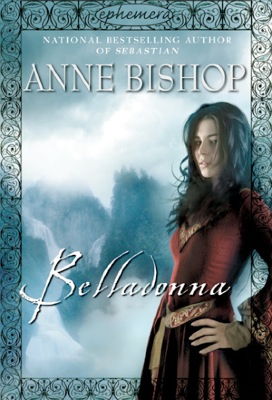

“I loved Victorian stories, dark gothic stories,” Grace says.

It feels the most ‘me’ out of all my books.” “And the things I love reading about now for that matter.

“It was just me writing about the things that I loved and would have loved growing up,” Grace says. She admits that there may be a risk in leaning into morbid subject matter but sees “Belladonna” as the type of book that will appeal to young readers who, just like her younger self, are attracted to “darker” and “paranormal” subjects. Grace’s first two books - “All the Stars and Teeth” and its sequel, “All the Tides of Fate” - were instant best sellers but were much more lighthearted fare. “Even though this is inspired by the Victorian era, a lot of the issues that she’s dealing with are very relevant especially for women and young girls in current-day society.” “I wanted to really explore her journey in how she came to be comfortable in her own skin,” Grace says. Her own creator likes to describe her as “quirky,” an “oddball,” and an “outcast” with a “morbid outlook” on life. Signa is plucky and sarcastic, even in her dealings and flirtation with Death. The Death and the Maiden trope is so old and has been done before, but it’s so fun.”Īnd “Belladonna” is indeed a fun book, despite its moody and macabre subject matter. “It was daunting in the beginning, just to almost give myself permission to do it and not feel like I was doing something stereotypical. “I was trying to figure out what I needed to do to bring something new to it,” says Grace. Yes, it’s a cool concept that surely would appeal to a teen audience, but Grace wanted to figure out a way to make her personification of Death stand out from the rest. Still, if “Belladonna” has been over a decade in the making, it’s because Grace says she had reservations about having a personification of Death as one of the main characters. I wanted someone who was a blend of all those things and showcase Death in a different way.” “There’s definitely that bad side of him as well, but there’s also the peaceful, quiet moments of Death.

“With the character of Death, I wanted to mirror the softer side of death, because it’s not always this tragic, scary thing,” Grace explains.


 0 kommentar(er)
0 kommentar(er)
